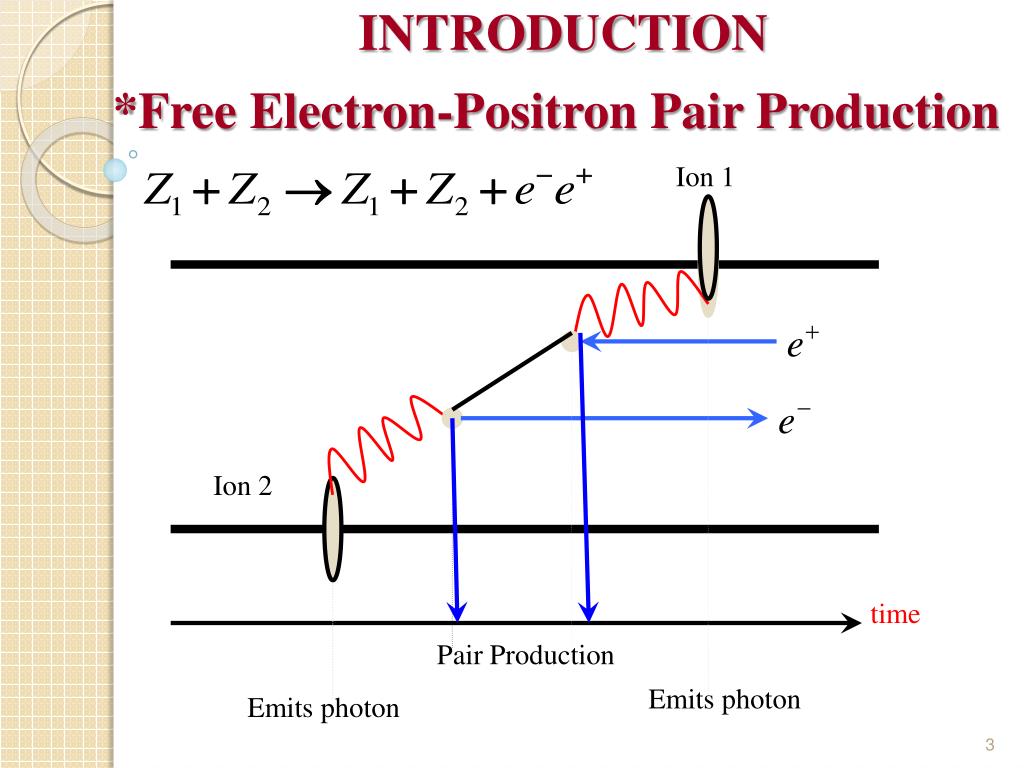
Positron emission is a type of radioactive decay in which a proton in a radioactive nucleus is converted into a neutron while a positron and an electron neutrino are released. Key terms: atom, electron, electron-neutrino, nucleus, neutron, positron, proton, radioactive decay What is the difference between positron emission and electron capture - comparison the main differences What are the similarities between positron emission and electron capture - overview of the common features 4. What is electron capture - definition, principle, example 3. What is positron emission - definition, principle, example 2. This is the main difference between positron emission and electron capture. In positron emission, a proton is converted into a neutron within the radioactive nucleus, while a positron is released In electron capture, a proton-rich nucleus of a neutral atom absorbs an inner shell electron, which then converts a proton into a neutron and emits an electron neutrino. Both processes take place in proton-rich nuclei. Electron capture is a process in which an electron neutrino is emitted. Positron emission is the release of a positron and an electron neutrino during radioactive decay. There are different decay paths such as positron emission, negatron emission and electron capture. Radioactive decay converts an isotope of one element into an isotope of another element. In order to become stable, these isotopes therefore go through a spontaneous process called radioactive decay.

There are certain naturally occurring isotopes that are unstable due to the unbalanced number of protons and neutrons in their atomic nucleus.
Positron and electron capture plus#
The spiral of a positron is much greater, which means that its structure (size, shape) causes less resistance to motion in quantum gas than resistance to motion of an electron.Īn additional proof that an electron and positron are different in structure can be a different distribution of beta minus and beta plus radiation of copper atoms 64Cu.Key difference - positron emission vs. These particles moving in quantum gas are subject to various resistance to motion, which results in different sizes of their spirals in a cloud chamber. Differing in structure, an atom and positron move in the magnetic field in opposite directions with progressive, fading spiral motion, as seen in Figure 1. These structural differences make their individual vertices E, G, and N-S vibrate with various frequencies, thus producing different value (positive and negative) lines of the electric, magnetic, and gravitational field.

It is apparent from the above that there are significant differences between the structures of an electron and positron. Construction details of an electron and positron The problem presented above is explained by Model 31 in the following way.Īs shown in the main elaboration, pairs of electrons in an atom emit pairs of energy quanta which immediately form a complex, double quantum connected with the magnetic poles (see the figure below).įigure 6.

In an atom, each nucleus proton already interacts in a Coulombic manner with a corresponding electron of the atom (is neutralized), therefore no proton can interact in this way with external electrons or positrons. The produced positron has a greater kinetic energy because, as a result of Coulombic interaction of the created pair with positively charged nucleus protons, the positron gets accelerated and the electron gets restrained. The modern physics does not have such a concept and knows nothing about the existence of the world of energy quanta, so it explains the above problem from its point of view in the following way. This means that the problem of different trails of an electron and positron in a bubble chamber can be solved when we have a concept of construction of an electron and positron and we know in which medium they move. – there have to be significant differences in their structures and physical properties causing this effect. – the particles have to move in the medium (gas) which generates resistances to their motion, If two particles with the same mass and the same charges obtain different kinetic energies in the process of the creation of pairs, then: It is clearly seen in this figure that in the same magnetic field a positron obtains much greater kinetic energy than an electron. Figure 1 Trails of an electron and positron in a bubble chamber.



 0 kommentar(er)
0 kommentar(er)
